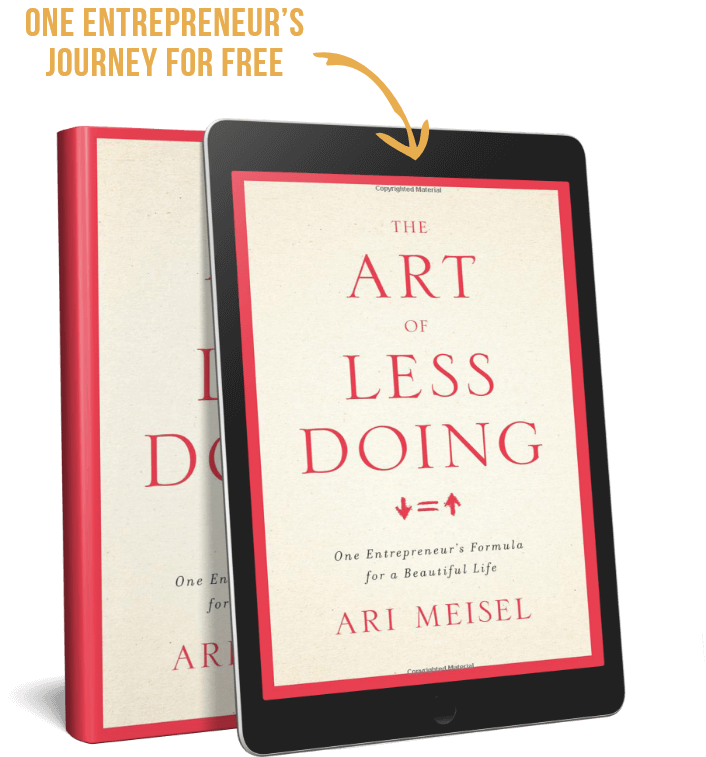Anytime I talk about stress, someone invariably asks me about “stress relief.”
Ari, how do I stop feeling this way?
Ari, how do I relieve my stress?
Well, there are lots of ways to relieve stress, I say.
Would you prefer unhealthy relief like cigarettes, drugs, and alcohol?
Or would you prefer healthy relief like mediation, exercise, and good music?
…Because whatever you choose, you’re still not going to get what you want.
Allow me to explain.
You don’t actually want stress relief, no one does.
Advil provides relief from an achy knee, but it’s doesn’t repair the damaged cartilage causing the inflammation.
Imodium provides relief from diarrhea, but it doesn’t kill the bug that’s making your stomach sick.
Relief is a temporary reprieve from your symptoms — what you want is a cure.
You want the antidote to your stress — something that is permanent, something that will last.
That something is control. It has always been the antidote to stress because stress only exists when you lose control.
When you lose control of your life, you lack the ability to diffuse overwhelming thoughts and feelings and urges. Being overwhelmed is a fundamental psychological trigger for stress.
So if control is the key to defeating stress, how do I assert it? How do I get that precious sense of control?
By letting go.
No that wasn’t a typo. To regain control of your life, you need to become a master of letting go.
If you’re confused right now, that’s OK — when I first introduce this idea to any of my coaching clients, they’re always a bit baffled as well, but stay with me. Letting go to regain control seems counterintuitive I know, but it actually makes perfect sense.
As a human, there’s a limit to how much you can mentally manage at any moment in time. As long as your responsibilities stay below that limit, you’ll always feel like you’re in control.
But the moment your threshold is surpassed? — that’s when stress starts kicking-in.
In order to exercise ultimate control over your life, you need to reduce your obligations, and the easiest way to do that is by letting go. Now, what exactly you should let go of, I can’t tell you without getting to know you, but I can guarantee that if you make an objective, no B.S. assessment of your life, you’ll find plenty to let go of.
Now here’s an important distinction. When I tell you to “let go” I don’t mean that you should abandon a responsibility outright. I want you to let go but do so in a strategic way: through the power of automation and outsourcing.
- Relinquish the responsibility of sorting email — filters can keep that inbox nice and tidy.
- Stop trying to build your own website — outsource the job to 3rd party.
- Quit wasting your time trying to schedule meetings with prospects — Calendly.com can handle it.
You see the point, right?
Your world is probably awash in time-consuming responsibilities that can easily be released with very little risk thanks to automation and outsourcing.
The more responsibilities you relinquish, the more mental bandwidth you’ll liberate.
The more mental bandwidth you liberate, the less overwhelmed you’ll feel.
The less overwhelmed you feel, the more control you’ll have over your life.
And if you’re in control of your life,
You’ll rarely if ever, suffer from stress.
See? Step by Step, Easy Peasy. You just have to change how you look at what you do and stop doing things you shouldn’t.





